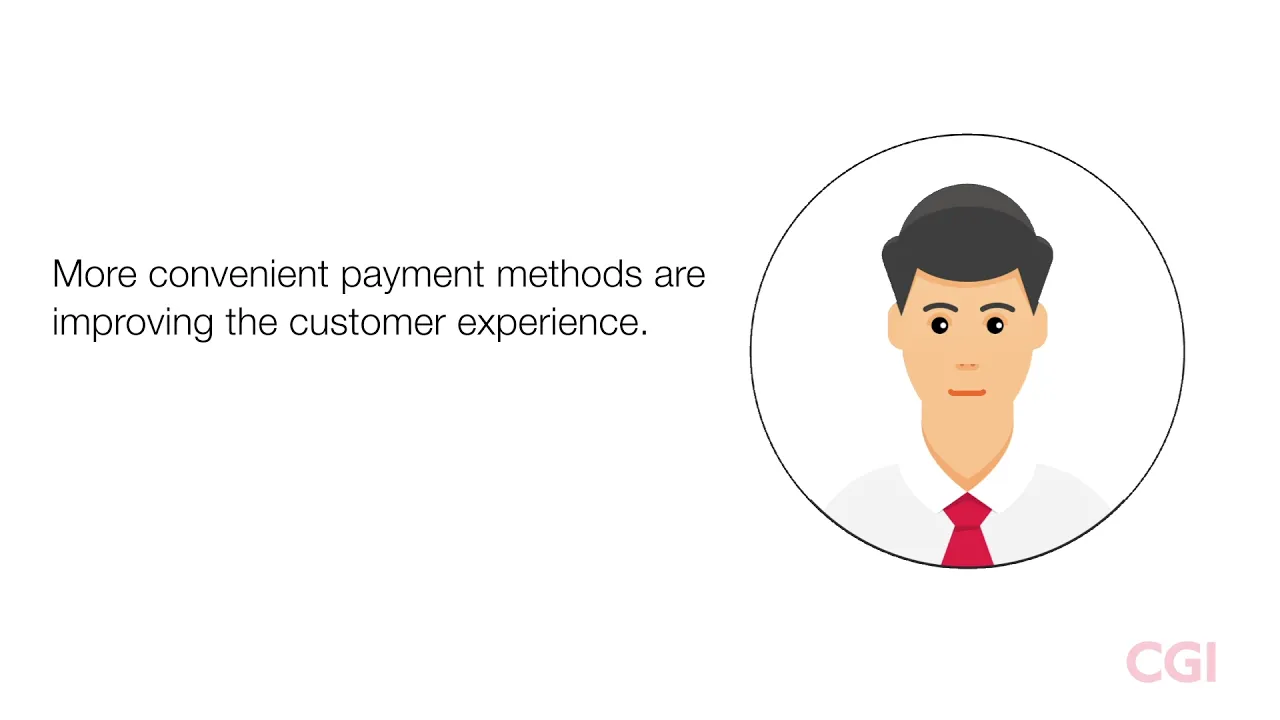Henry Kolowrat
Senior Business Consultant, Financial Services
Henry
is
a
seasoned
financial
services
professional
with
more
than
30
years
of
experience
working
for
private
equity-financed
small
to
medium
enterprises
(SMEs).
His
career
is
marked
by
versatility
and
insights-driven
leadership,
underpinned
by
a
robust
understanding
of
business
operations,
...









